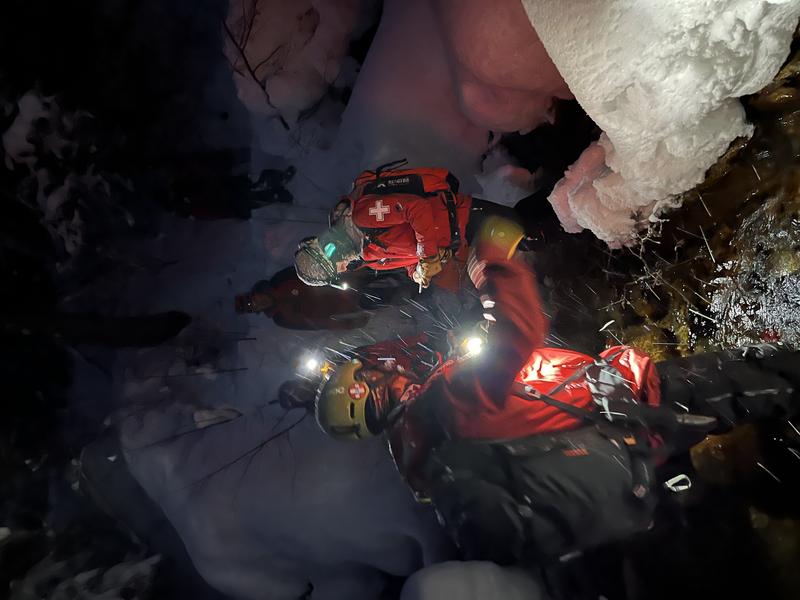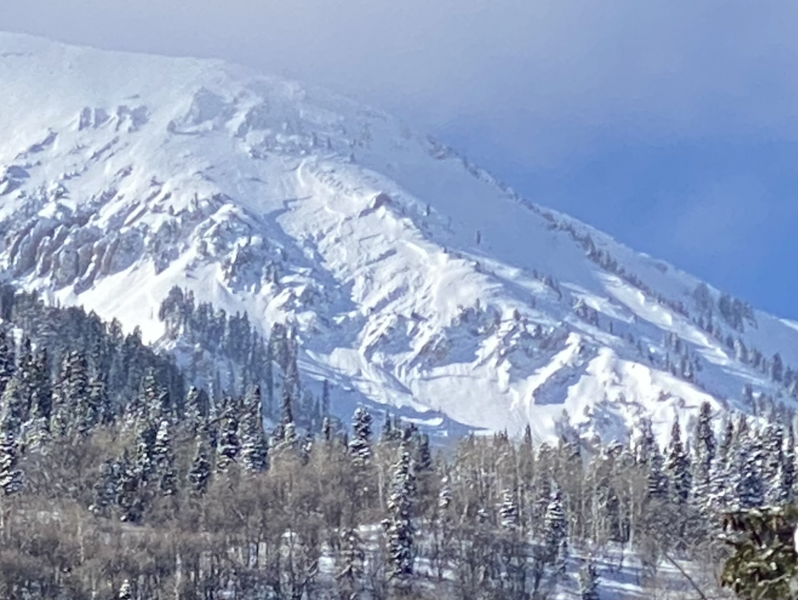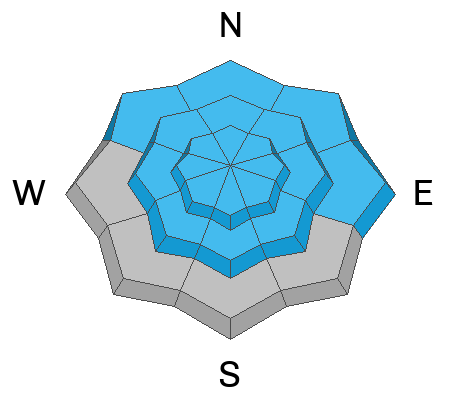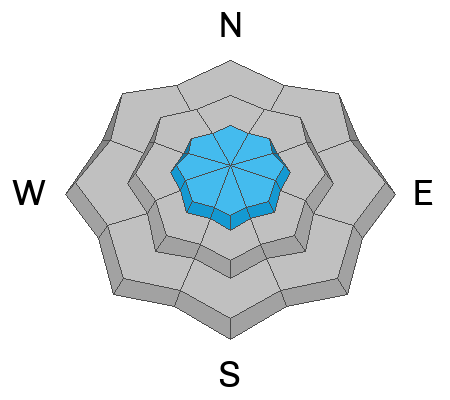Forecast for the Provo Area Mountains

Issued by Drew Hardesty on
Saturday morning, December 17, 2022
Saturday morning, December 17, 2022
Tricky and dangerous avalanche conditions exist.
The avalanche danger is CONSIDERABLE on all northwest through east facing aspects at ALL ELEVATIONS (even LOW ELEVATIONS) for triggering avalanches 1-4' deep and hundreds of feet wide. These avalanches may be triggered at a distance, even from below. Areas of MODERATE avalanche danger exist on all other aspects and elevations. You can also trigger new soft slab avalanches of wind blown snow in the upper elevations today.
It's too risky: we do not recommend traveling on, below, or adjacent to slopes 30 degrees or steeper on northwest through north thorough the easterly aspects. Fortunately, safer and excellent riding can be found on low angle slopes with nothing steeper above you. Provo Canyon ice climbs are also vulnerable to avalanches from starting zones a few thousand feet above the base of the ice climbs.
There were three serious avalanche accidents involving significant injuries this past week. I am fearful our luck has run out.
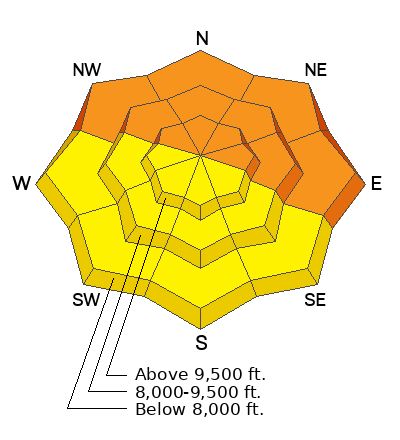
Low
Moderate
Considerable
High
Extreme
Learn how to read the forecast here



